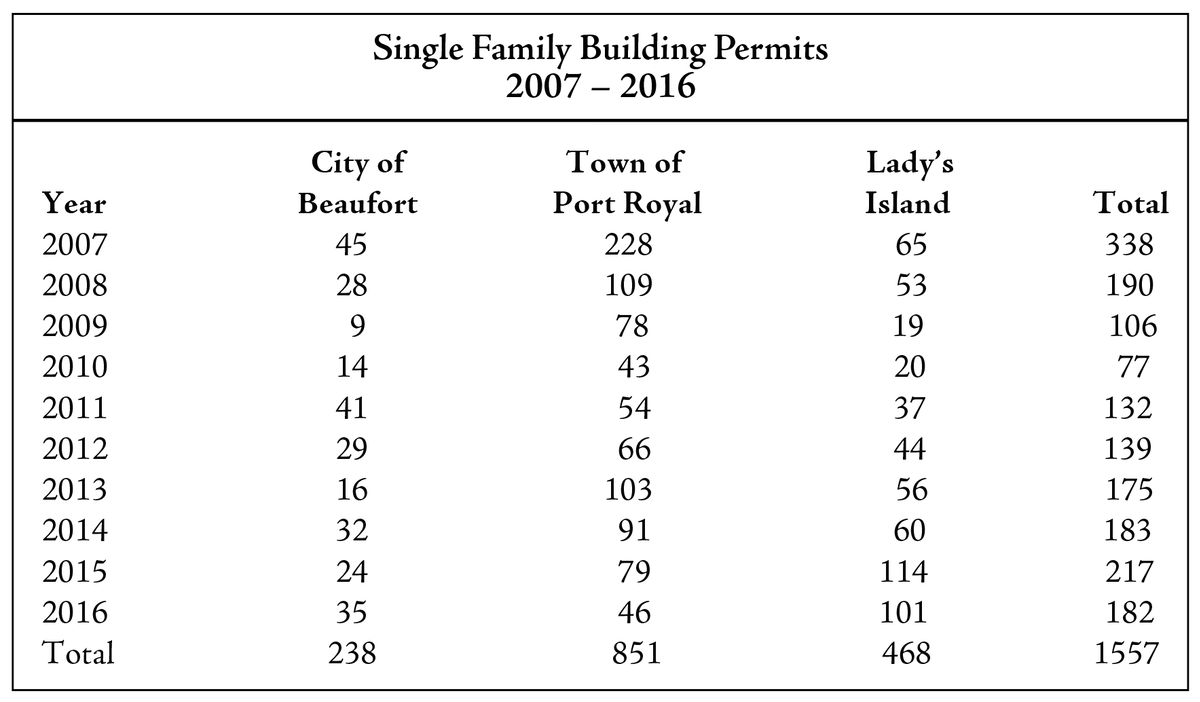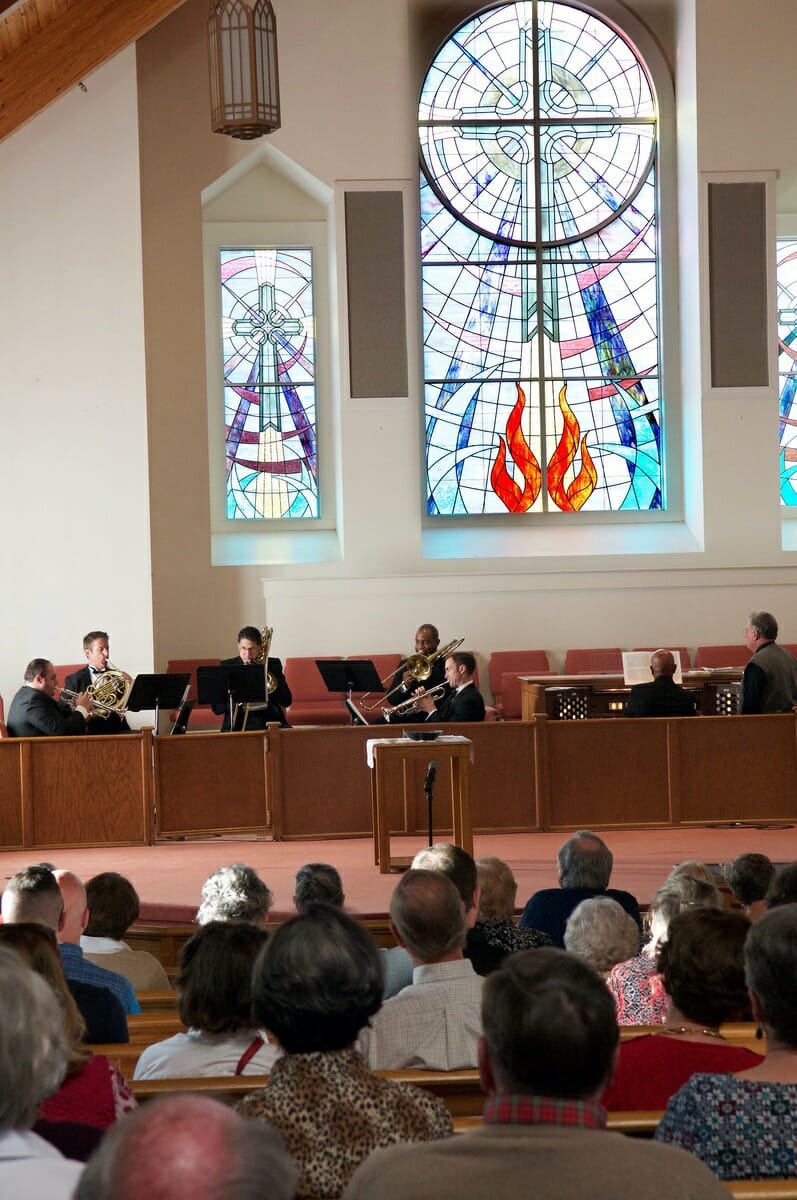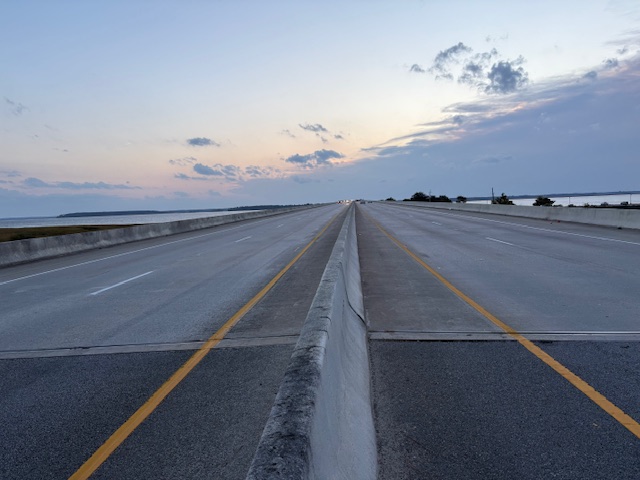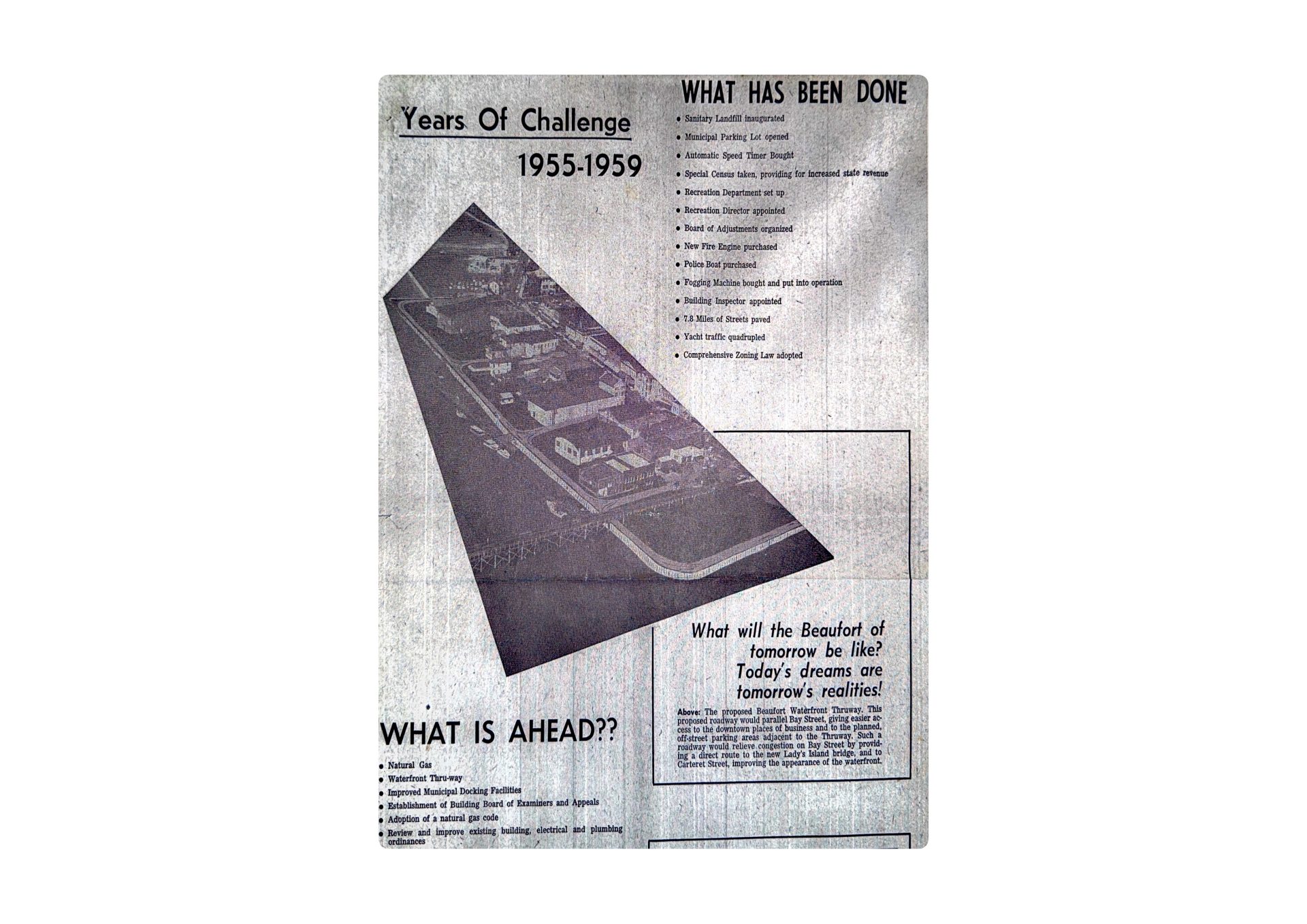By Bill Rauch
This is a story of what happens when government changes its priorities. In the same breath let me hasten to add government should change its priorities. Priority-changing is the relentless reinventing that is the core strength of democracy.
Sometimes, however, when governments change direction there are implications. This is a story about one such implication.
Previous Beaufort City Councils have consistently seen enhancing the city’s parks as a priority. Mayor Angus Fordham’s city council, for example in the 1960s, filled in what we know now as “The Marina Parking Lot,” fashioned a bandshell from a surplused quonset hut, called the new area “Freedom Mall,” and invited the public downtown for concerts. Here was where The Water Festival was begun.
Henry Chambers, in the 1970s, as we all know because the park is named for him, pushed through his signature accomplishment: the Waterfront Park that extended Freedom Mall to the Woods Bridge.
When David Taub was mayor in the 1990s, council began the long process of adding Southside Park to the city’s list of parks.
How was that done? I was there and I know firsthand.
David Taub and City Manager John McDonough had worked very hard negotiating a deal with The Beaufort-Jasper Water and Sewer Authority (BJWSA) to sell at a fair price the city’s water and sewer works to them. The deal required the voters’ approval which was to be sought on the May 1999 ballot. Also on that ballot were expected to be four well-known Beaufortonians — Henry Chambers, Billy Keyserling, Donnie Beer and myself — running to replace Taub as mayor since he had announced he would not seek reelection.
I was mayor pro tem at the time, and watching the Beaufort-Jasper deal go down I wondered whether the voters would vote for it, as I believed they should. Thinking about that, I saw a win-win. It would be an added incentive for the voters — especially for the all-important Mossy Oaks voters — to vote “yes” if they knew the site of the city’s stinky old Southside Boulevard sewage treatment plant would one day be turned into a neighborhood park.
I asked my campaign lawyer, now-State Senator Tom Davis, how that might be done and he suggested council vote to place a springing covenant on the land’s deed that would say “if and when the land is no longer needed for a sewage treatment plant, its ownership will revert to the city where it can only be used by the city for a neighborhood park.” Davis drafted up the covenant and council passed it unanimously several months before the election.
I ran on — among other issues — the BJWSA deal, and it was passed by the voters. The same voters the same day also elected me their mayor in a three-way race with Chambers and Beer (Keyserling had dropped out). And there the matter sat for a decade while the Water Authority built its Shell Point Plant, put the pieces into place to pump all the city’s sewage out to that plant, and then finally in about 2009 BJWSA surplused the Southside plant.
That’s when things got interesting.
At the time of the reversion, Tom Davis was representing the city on the BJWSA board. Davis favored the park, and there was a rumor that the park should be named for him. Unfortunately however by then the park’s name was mud.
After another unsuccessful run in 2004 — Billy Keyserling was by 2009 mayor and he was determined nothing good would come of the Southside Park deal. First he proposed breaking the perimeter of the park into lots and selling them one-by-one with the interior area serving as a kind of private park for the new owners of the perimeter parcels. But that proposal ran afoul of the springing covenant which had by then “sprung” by virtue of the land having reverted to the city. Next, Mayor Keyserling proposed planting the park’s open spaces in soybeans. But he couldn’t make that proposal fly either. Finally, frustrated, the city disbanded the park’s advisory committee, presumably because council didn’t want to hear any more requests for funding from them. And there the hapless park has sat, lucky to get mowed.
Last year, quelling an uproar from dog-owners who said they had waited too long for their promised park, the city put up some fences and called it a dog park. It is very popular. But more than a decade after it was first proposed, the perimeter trail is yet to be built. The bandstand and the playground are still just glints in the eye as well. Building a bandstand, building a playground and even building a perimeter path are neither complicated nor expensive projects, if there’s a will to do them.
But there clearly is no will.
This city council’s announced priority is instead jobs: jobs for the children of the city’s residents. First they purchased and supported the Commerce Park. Then they purchased and are supporting the office building at Carteret and North streets where they are building a business incubator for high-tech companies.
I — and Mossy Oaks’ residents — hope these ambitious programs begin to work soon and bring in some tax revenues, because soon the grass at Southside will need mowing again.
Bill Rauch was the mayor of Beaufort from 1999-2008. Email Bill at TheRauchReport@gmail.com.






